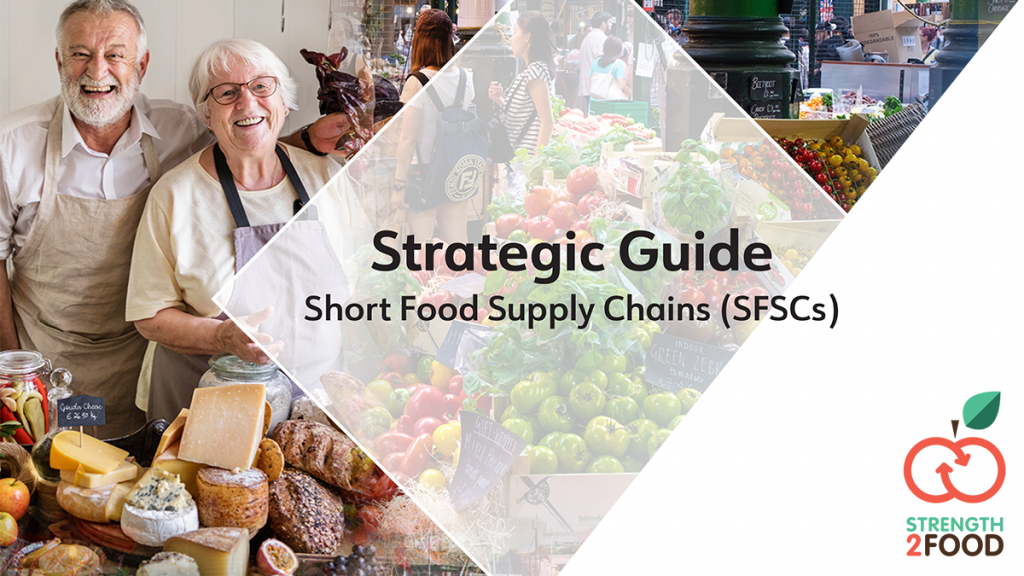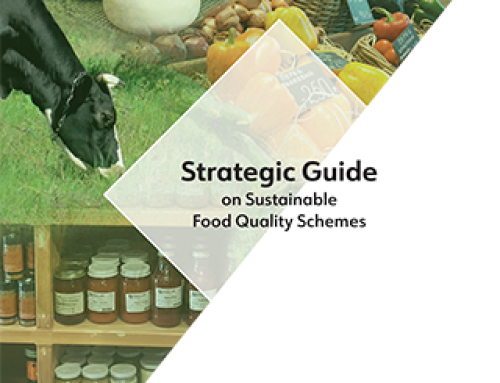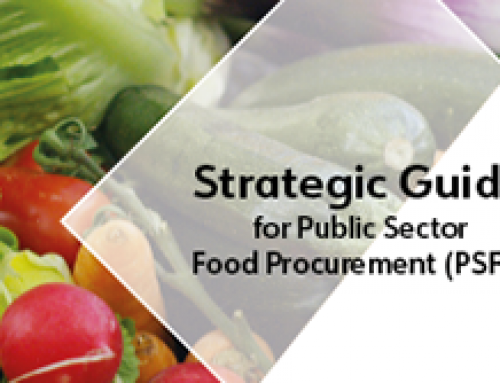
There is growing interest in more direct means of food distribution and consumption, as well as the emergence of innovative and alternative models that change the way food is retailed and purchased. These diverse models of direct distribution are known as Short Food Supply Chains (SFSCs) which are gaining increasing attention across Europe in response to the challenges faced by conventional long food chains, both in rural and urban areas.
A commonly shared view of SFSCs is that they may strengthen farmers’ position in the value chain and tackle unfair trading practices, whilst providing greater added value, contributing to local economic development, and operating in a more socially and environmentally responsible way. For many consumers, SFSCs represent a means to access high quality, fresh, locally sourced produce, as well as a way of contributing to the social life of local communities. These SFSCs have the potential to stimulate consumers’ interest in the value and origins of food, as well as strengthen social relations.
SFSCs have gained political attention in recent years with EU rural development and food policies emphasising that SFSCs can generate economic, social, and environmental benefits that contribute to sustainability. However, scientific evidence on the economic, social, and environmental impacts of various types of SFSCs has been, until recently, mixed and scattered, lacking a comprehensive and holistic assessment.
The European Union Horizon 2020 project ‘Strength2Food’ sought to fill this gap, undertaking an in-depth, empirical evaluation of the economic, social, and environmental sustainability of SFSCs, based on both quantitative and qualitative analysis.
To help practitioners achieve tangible benefits and move toward more sustainable strategies, this guide provides evidence-based insights on good practices and recommendations to strengthen SFSCs according to the three pillars of sustainability. This guide is specifically aimed at practitioners who are working with the sale and distribution of food in SFSCs, as well as policy makers and public authorities shaping the institutional framework for these initiatives. It focuses on two main questions:
- (i) to what extent, and in what ways, do SFSCs contribute to sustainability?
- (ii) how can practitioners and policy makers strengthen the sustainability of SFSCs?
Addressing these questions through our research-informed insights provides an opportunity to reflect on the potential of SFSCs and learn from existing good practices.
Click here to read the Strategic Guide on SFSC.



